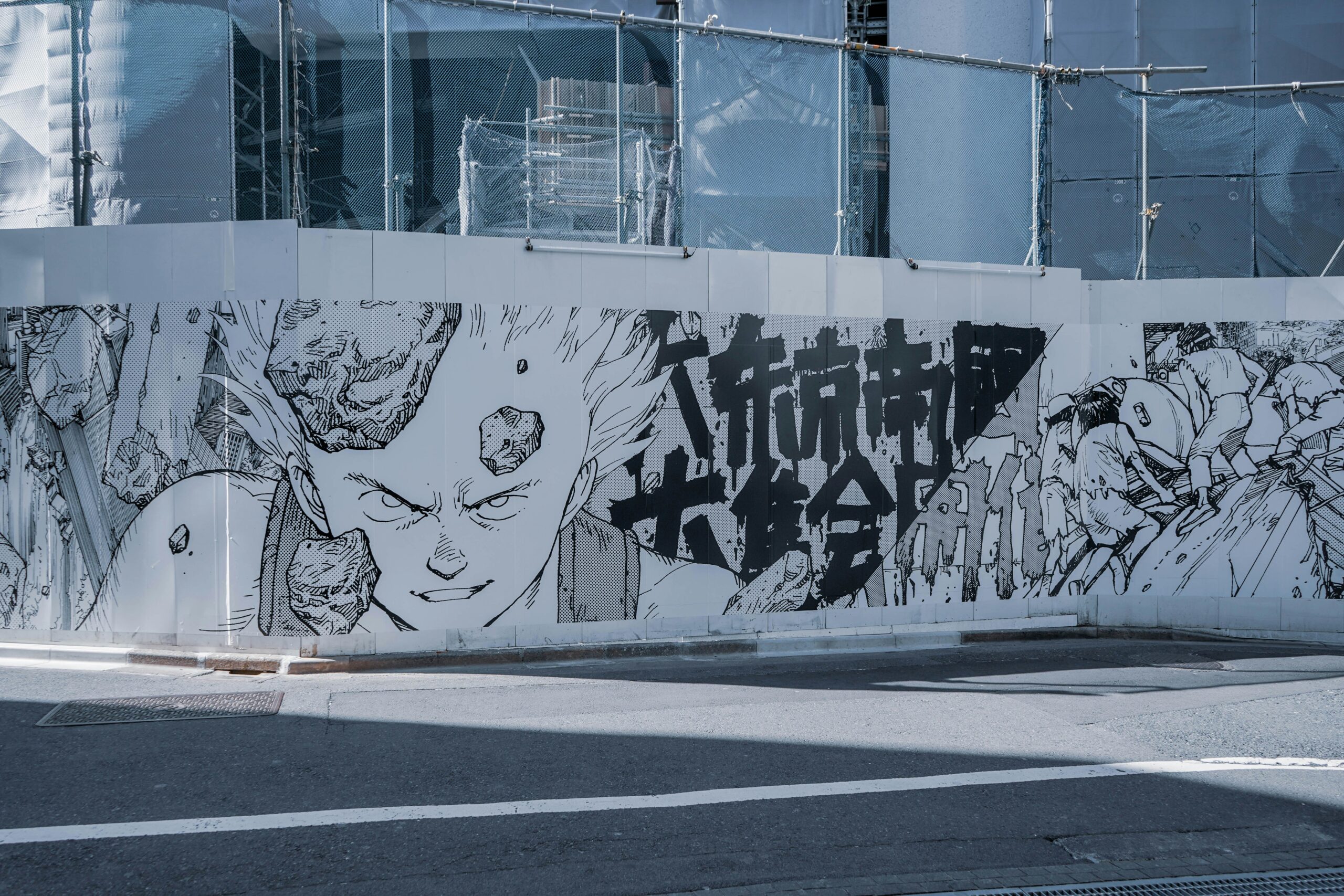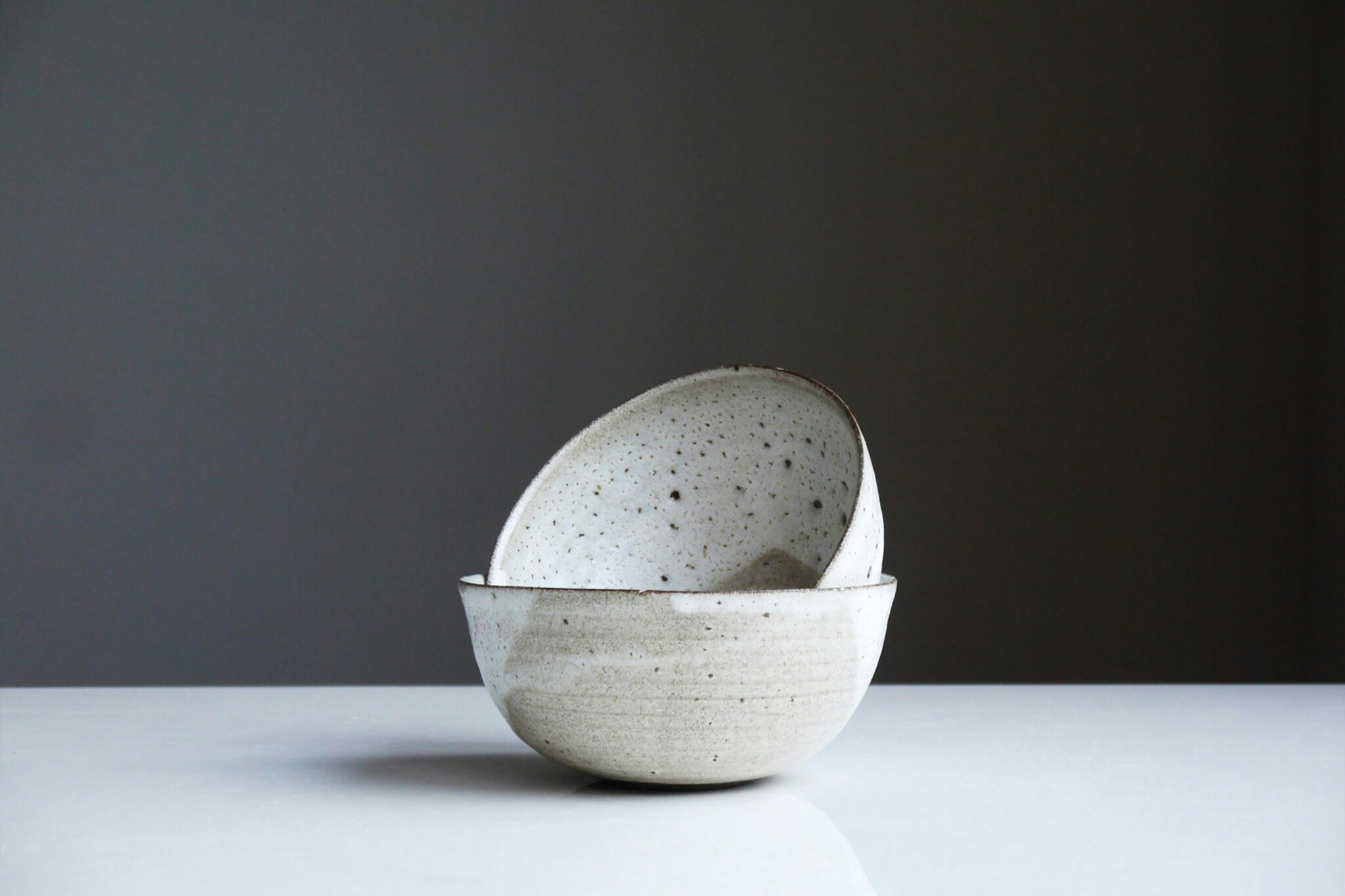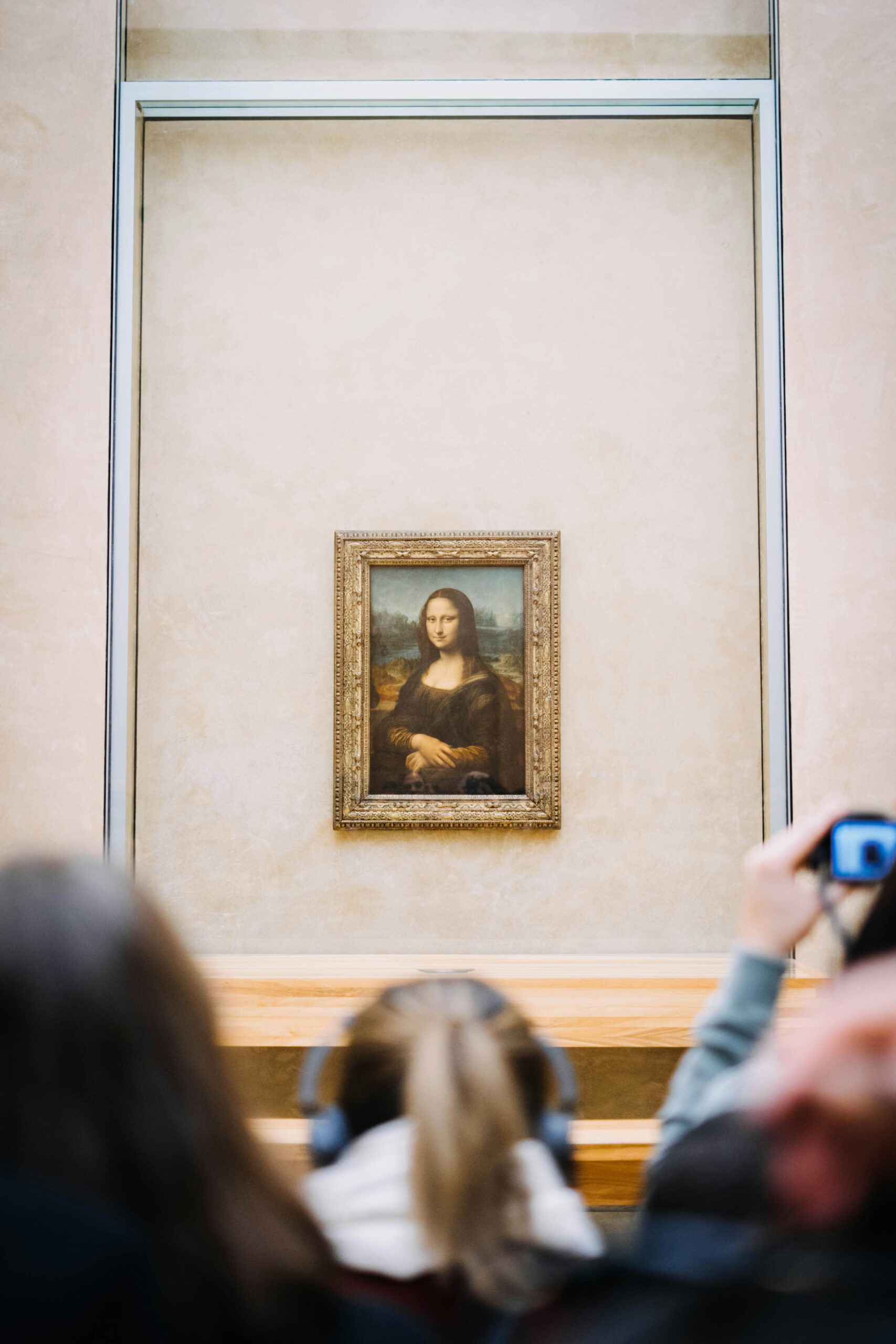Following Part 1, we continue our conversation with Sakeharasu. In this second half, we step away from his creative process to explore his values, daily life, and the passions that currently inspire him.
Encountering Shifts in Perspective Through Horror Films
Outside of your creative work, how do you usually spend your time?
Sake – Most days I spend at my desk, which serves as both my home and studio. I don’t draw a clear line between work and private life—I’ll often keep working while watching movies or videos. (laughs) My schedule is irregular as well. For instance, today I woke up at midnight and worked straight through until noon. Outside of that, I love traveling, and I also enjoy going for walks.
Wow, you’re really good at multitasking! That’s impressive. What kinds of movies do you usually watch?
Sake – Most days I spend at my desk, which serves as both my home and studio. I don’t draw a clear line between work and private life—I’ll often keep working while watching movies or videos. (laughs) My schedule is irregular as well. For instance, today I woke up at midnight and worked straight through until noon. Outside of that, I love traveling, and I also enjoy going for walks.
Another fascinating aspect is how what we fear in horror films changes with the times. In the ’80s and ’90s, some horror films used cursed videotapes as their central motif. Later, the focus moved to cell phones, then smartphones, and more recently, to the darker side of social media. As new digital devices keep emerging, these stories also seem to challenge us—to reflect on our own literacy in how we use them.
So by following horror films, you can actually see cultural turning points—that’s fascinating. I’m still a beginner myself, but do you have any recommendations?
Sake – Hmm… I’d say The Cabin in the Woods by Drew Goddard. It takes all the classic tropes of horror and reworks them through a meta perspective, almost like breaking a taboo. In a way, it completely overturns the very values of horror itself.

Apart from horror films, are there any other works that have influenced your art?
Sake – In terms of pure visual influence, Makoto Shinkai has been significant for me. I first discovered his work through The Garden of Words (2013). His ability to render everyday scenery with such beauty is incredible. But when I finally visited Shinjuku in real life, I was surprised by how stark the contrast was between his luminous imagery and the actual cityscape. (laughs)
Did you enjoy drawing from a young age?
Sake – When I was in elementary school, Yu-Gi-Oh! cards were all the rage. I used to hand-draw my own original cards and play with friends. Looking back, that might have been my very first creative experience. (laughs) I also loved copying my favorite manga and even gave the characters imaginary lines to make my friends laugh.
A Memorable Taste: Shellfish Soup from a Night Spent in the Car
You must have traveled to many places. Was there a meal that really stood out to you?
Sake – I recently traveled through the San’in region, and in Yamaguchi I had the most incredible clam soup. There’s a service area where locals often gather, and I drove there from Tokyo and slept in my car overnight. The soup, rich with clam broth, really warmed me to the core. The facility was spacious and even had hot springs—it’s easy to see why locals keep coming back.
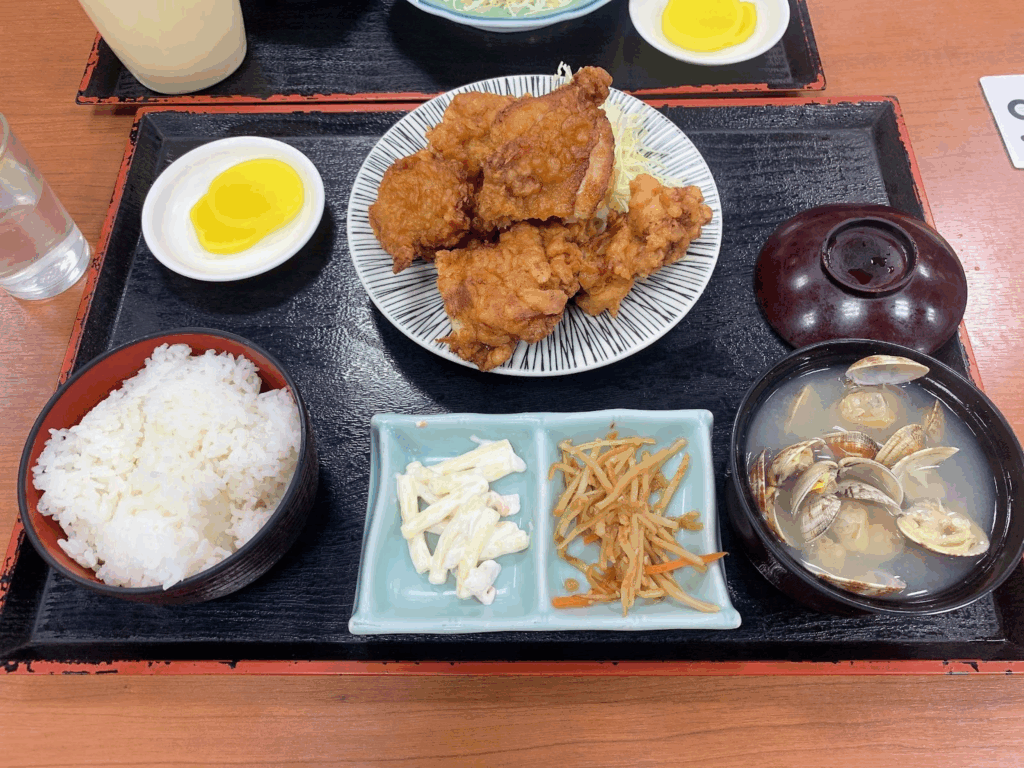
I love picking up souvenirs when I travel. For a while, I was into collecting bottles of local sake after finishing them. Lining them up on display gave me this funny little sense of accomplishment. (laughs)
Has there been a particular turning point in your career as an artist?
Sake – I think the biggest turning point came when I struck out on my own as a freelancer. I realized I’m better suited to building something from scratch—going from zero to one—rather than working within established frameworks. Back when I was with a company, only a handful of people with years of experience and trust could be part of those pivotal projects. Of course, there’s great value in honing a single skill to perfection, but I came to see that my own style lies in experimenting and trying out different approaches. In 2019, I published a guidebook titled Landscape Illustration Through Photo Processing. At the time, some people criticized it—saying things like, “Isn’t this just taking the easy way out?” But as time passed, what once felt controversial has now become common practice.
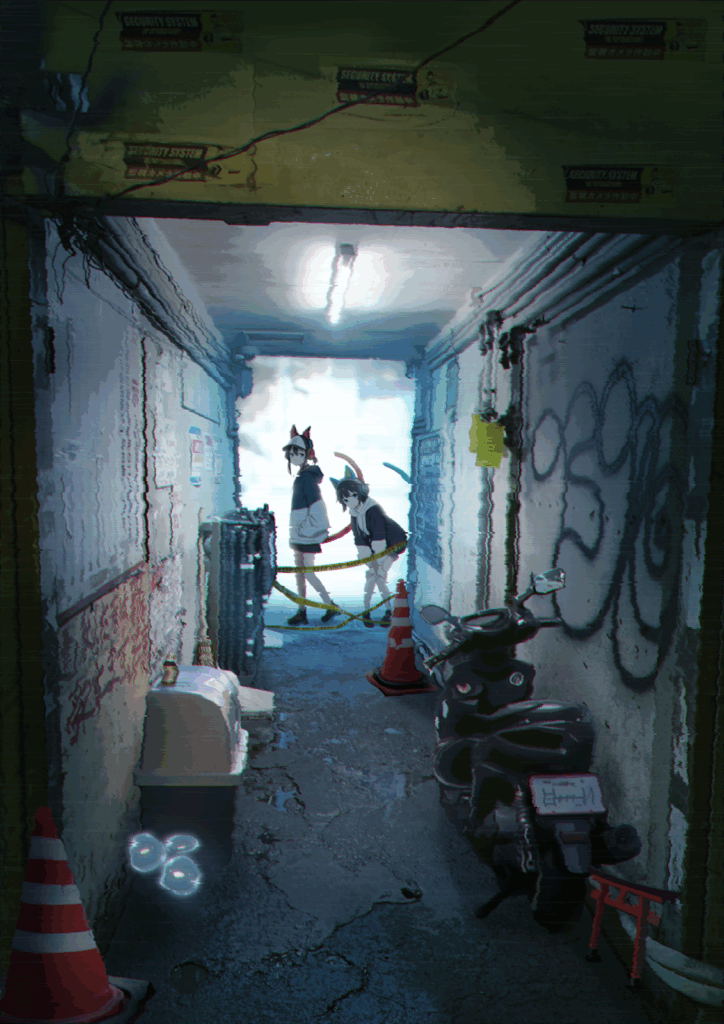
Contributing to Society Through Small Actions
I really admire how reflective you’ve been throughout this conversation. Recently, I noticed you shared some thoughts about elections on X. How do you think about your own connection to society?
Sake – I’m originally from Tottori Prefecture, and since the time I lived there, the population has decreased by more than 100,000. In my work with local governments, I’ve also come face-to-face with a range of regional issues. At first, I thought the only path was to keep making steady, grassroots efforts. But eventually I began to wonder: unless we address things at the root, will it really make a difference? That’s when I started to take a deeper interest in politics and society. Even so, what I can do remains simple—vote, have conversations, listen to local voices, and stay engaged in community activities.
Since joining ASOBI SYSTEM, I’ve been introduced to opportunities and projects I could never have accessed on my own. I was honestly taken aback when I was first approached about management. (laughs)
Illustration is my tool—my weapon—and if I can create something, even in a small way, that contributes to society, I’ll be happy.
Finally, do you have a message you’d like to share with aspiring artists and your fans?
Sake – I’d say this: don’t feel boxed in by the idea that you have to do something just because you’re an illustrator. Try shifting your perspective a little, explore new ways of expressing yourself or sharing your work. Whatever your position or background, I’d love for us to come up with fun ideas together and grow illustration culture as a community.
Sakeharasu, the illustrator. His travels inspire works filled with a deep love for place and community. Believing in the brighter, more inspiring future he envisions, we too can find ways to take action alongside him.



